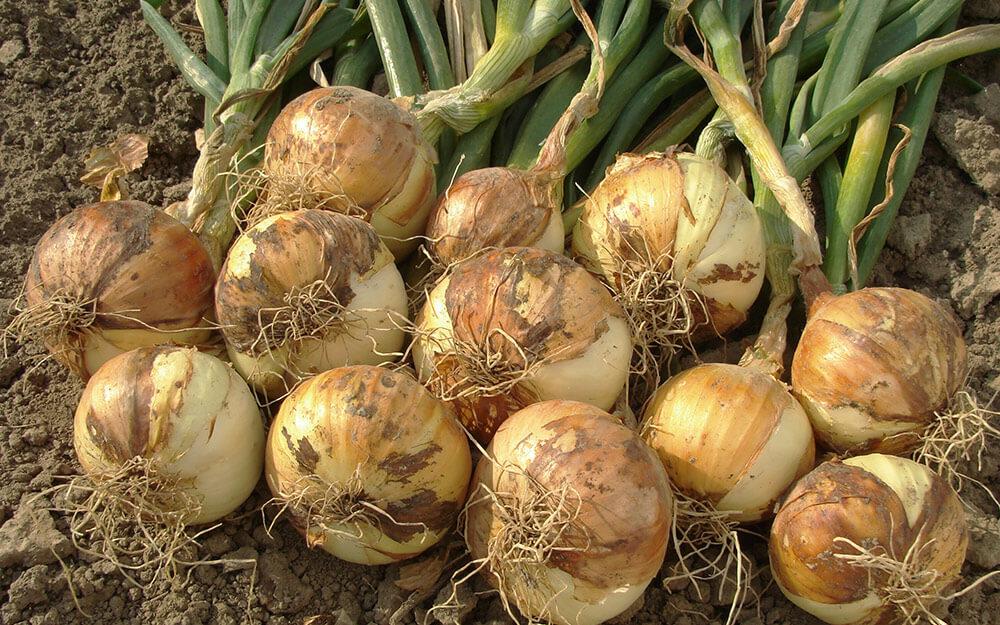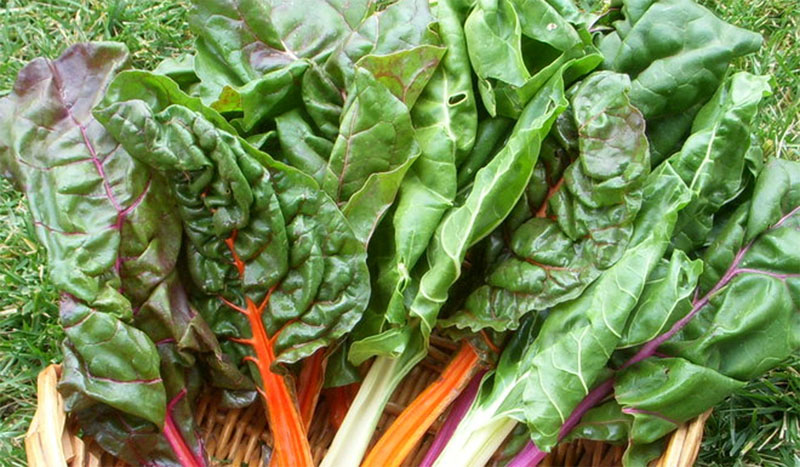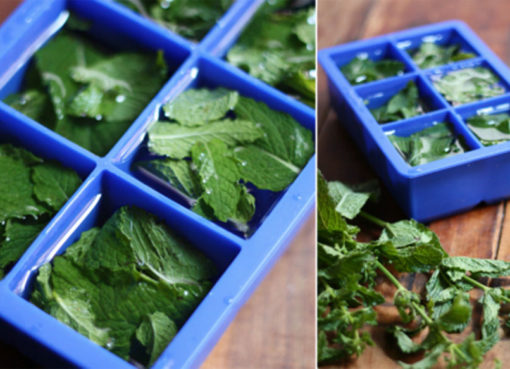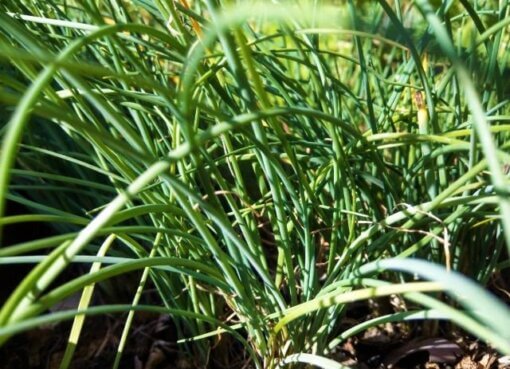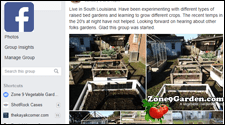Growing onions in USDA Hardiness Zone 9 is no easy task. Onions are a hardy, cold-tolerant crop, but they require specific growing conditions and care to ensure a successful harvest. This article will discuss the requirements for growing onions in USDA Hardiness Zone 9, including soil preparation, planting, care and maintenance, and harvesting.
What type of Soil is Best for Onions?
Onions like slightly acidic soil with a loose organic material mixture:
Onions require a well-draining soil with a pH level between 6.0 and 6.8 for optimal growth. To prepare your soil for planting, use a soil testing kit to determine the pH level. If necessary, you can adjust the pH level with lime or sulfur to bring it into the desired range.
Once the soil pH has been adjusted, add a layer of organic matter to the soil, such as compost or well-rotted manure. This will help keep the soil moist and improve drainage. Finally, mix in a balanced fertilizer to ensure your onions have the nutrients they need to thrive.
How Should Onions be Planted?
There are 2 methods for planting onions, sets and seeds:
Once the soil is prepared, it’s time to plant your onions. Onions can be planted from seed or sets (small onions that are usually sold in bundles). Seeds should be planted 1/4 to 1/2 inch deep and spaced 1 to 2 inches apart. Sets should be planted 4 to 6 inches apart.
It’s best to plant your onions in the spring after the last frost date. This will ensure that your onions have enough time to mature before the hot summer months.
What Type of Care do Onions Require?
Onions require watering, weeding and fertilization:
Once your onions are planted, it’s important to provide them with proper care and maintenance. Onions require 1 to 2 inches of water per week, so be sure to water them regularly. If rainfall is not sufficient, use a soaker hose or drip irrigation system to keep the soil moist.
To help control weeds, mulch around your onions with straw, grass clippings, or other organic material. This will help suppress weed growth and retain moisture in the soil.
It’s also important to fertilize your onions throughout the growing season. Onions require quite a bit of nutrients. A high-quality balanced fertilizer should be used per the instructions and additional nitrogen should be added. A product like Bone Meal is a great way to add additional nitrogen. (More information about NPK)
When should Onions be Harvested
Generally, when the tops turn yellow:
Onions in USDA Hardiness Zone 9 should be harvested when their tops start to turn yellow and fall over. Use a garden fork or trowel to gently loosen the soil around the onions and lift them out of the ground. Once harvested, the onions should be stored in a cool, dry place to prevent rot and mold.
Conclusion
Growing onions in USDA Hardiness Zone 9 can be a challenging but rewarding experience. With the right soil preparation, planting, care, and maintenance, you can enjoy a successful harvest of onions. Be sure to follow the steps outlined in this article for best results.


